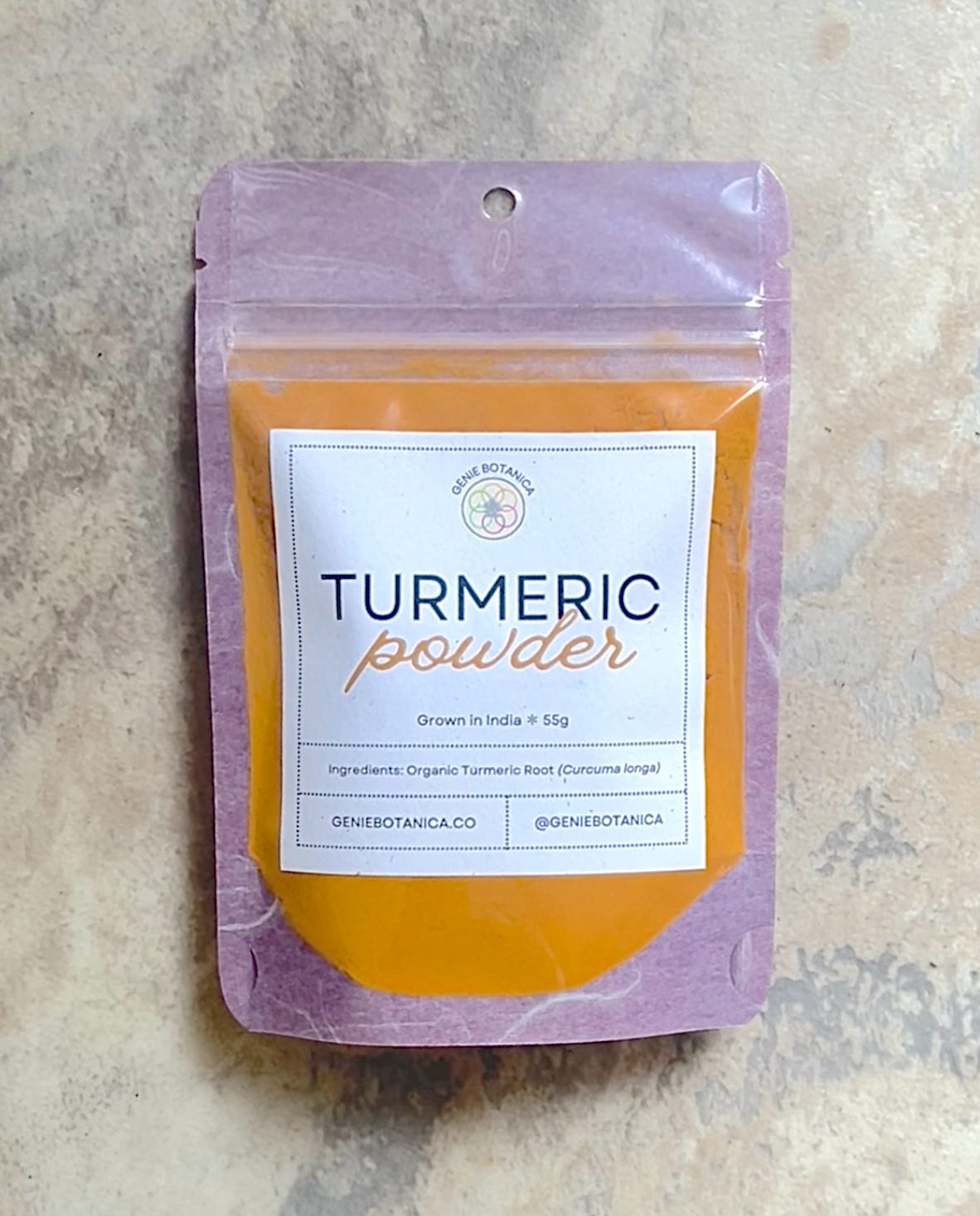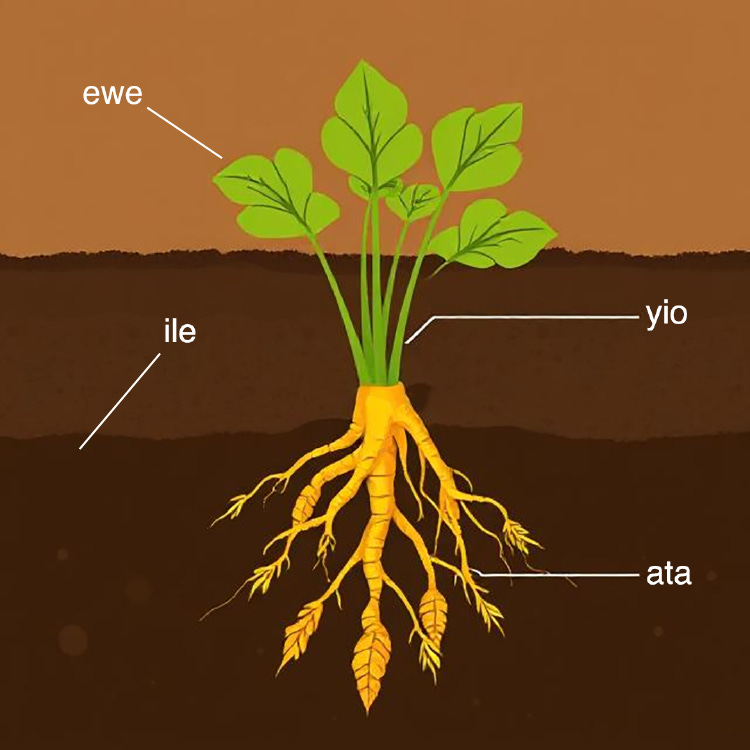Happy Spring Equinox!
I hope you’re traveling through your days grounded in the awareness of your sovereignty, power and radiant light. Spring welcomes rebirth, regeneration, new growth and transformation. It has been celebrated as the beginning of a new year in indigenous cultures since ancient times. May this season bring you wealth and abundance in the ways that are divinely aligned with your life path.
I’ve been journeying into my inner world, finding lots of magic and creativity while crafting new offerings for our studio and market. One of the primary projects I’m currently immersed in is a deep dive into the history of Turmeric as a medicinal herb, culinary spice, and natural dye.
✽ Spice up your life and treat yourself to this new arrival in the shop!
Indulge in the golden magic of turmeric powder for all of your medicinal and culinary needs. This turmeric powder was grown on ethical farms in India. It is enclosed in eco-friendly purple rice paper packaging with a hemp paper label. Click the shop link above to get yours!
Continue reading below for more information about this herb.
My mother’s heritage is Yoruba from West Africa. Yoruba people are descendants of Ancient Egyptians along the Nile Valley. Long ago, they migrated from the eastern to western coasts of the motherland and settled in the ancient city of Ile-Ife. Today, the Yoruba occupy Nigeria, Benin and Togo.
Many diasporic Africans who arrived in North America through the transatlantic slave trade have Yoruba ancestry. It’s been a beautiful gift to explore this side of my lineage and learn more about the rich cultural traditions that became lost over time.
When I study plants, I focus on the relationships that indigenous cultures have cultivated with them in their local environment. I love turmeric for its vibrant yellow hue and powerful health benefits! As I grew curious about the usage of turmeric across the world, I asked questions about its presence in Yoruba culture.
In Yoruba language, the word for turmeric is ata ile pupa. It translates to red pepper from the earth. The image above is a diagram I designed to illustrate the anatomy of turmeric and its natural growth state in Yoruba cosmology. Ata ile pupa is a symbolic name for turmeric based on its appearance and place of origin.
Below is a breakdown of the meaning behind these terms in the traditional name and diagram.
ata (pronounced ah-tah) — pepper or spice, referring to the edible root
ile (pronounced eel-aye) — house, referring to the earth where turmeric grows underground
pupa (pronounced poo-paw) — red, referring to the red-orange color of the root
ewe (pronounced eh-way) — leaf or herb, referring to the green connective tissue on the plant
yio (pronounced yee-oh) — stem, referring to the branches or stalks that grow above ground
Growing turmeric for the first time in my garden was a doozy! I watched the leaves transform from vibrant green to yellow and brown, dried up and wilted. It was rewarding to dig into the soil and uncover how much the roots had grown since I first planted them. I learned that they needed more time to mature and reach a highly saturated orange color. Gardening truly teaches that patience is key.
Turmeric is very easy to regrow from roots bought at the local farmers market and grocery store. If you’re interested in cultivating your own turmeric at home, make sure the roots you source are organic. Leaves will begin to sprout in a spiral shape and rise toward the Sun. There’s something so special about connecting with common kitchen spices in their living plant form.
As I venture into the wondrous world of turmeric, you’re invited to join me on this journey. There will be more newsletters coming soon about this beautiful plant and its abundant history of usage across the globe.
Ancient wisdom lives within you,
Alexis







